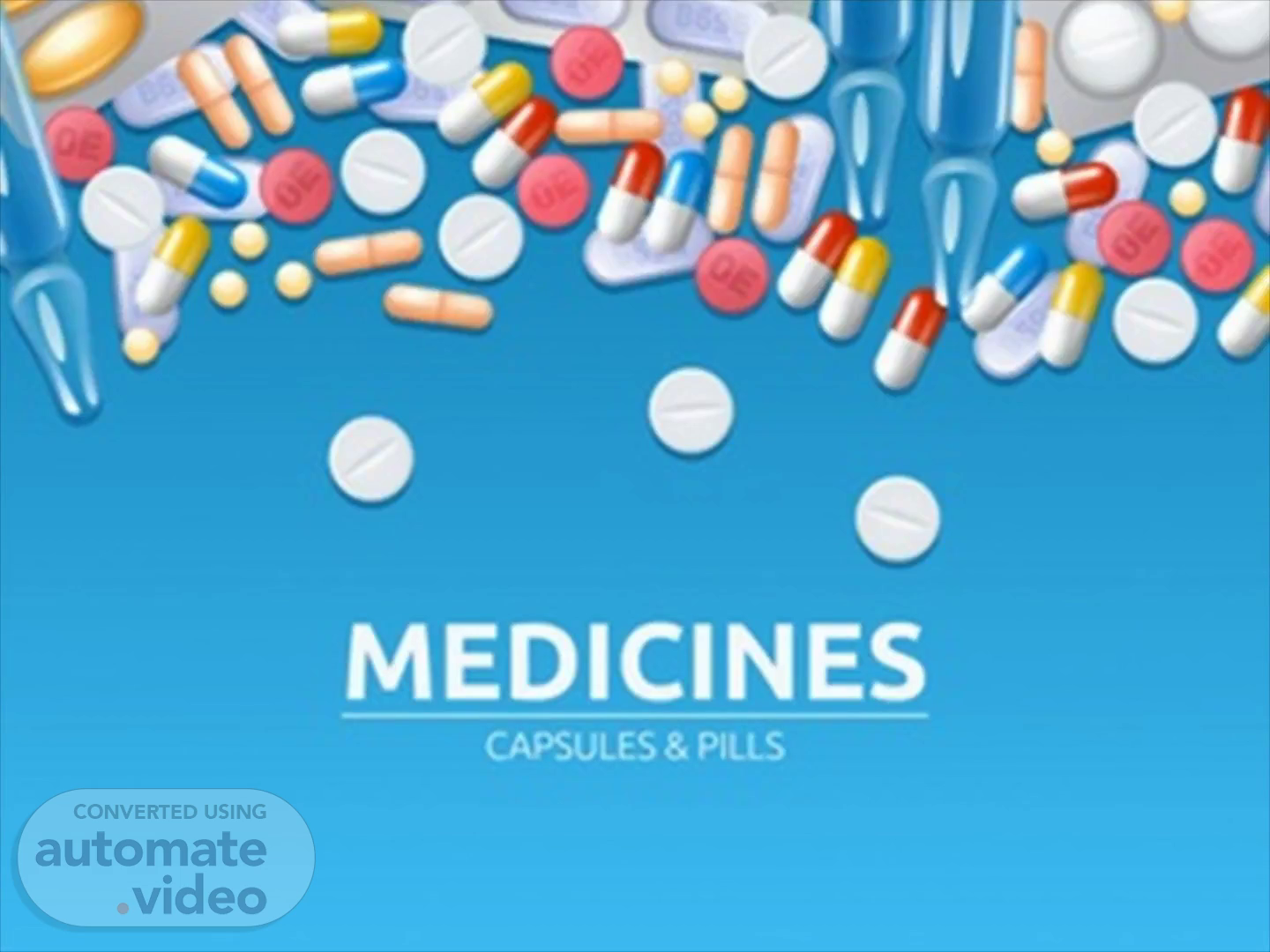
TABLET FORMULATION DESIGN
Scene 1 (0s)
TABLET FORMULATION DESIGN. Fakultas Farmasi Universitas Jember.
Scene 2 (1m 39s)
3. Binder. To ensure that granules and tablets can be formed with the required mechanical strength Holds powders together to form granules Holds granules to form tablets in compression process Binder concentration in tablet formulation due to tablet’s hardness and friability Binder quality and quantity Tablet Quality!! Most common binder: glucose, starch paste, gelatin solution, acacia, sucrose.
Scene 3 (6m 28s)
Incorporation of BINDER. Dry powder Binder powder mixed with other ingredients before wet granulation Binder powder in dry granulation (roller compaction, slugging) Solution binder As a solution in wet granulation Binder can be added either dry with other excipients for granulation or Already dissolved in the granulating fluid Water is the most common granulating fluid.
Scene 4 (11m 28s)
Typical binder concentration is 2– 2 0 % by weight Binders can be: Insoluble in water, e.g. starch Soluble in water e.g. HPMC Soluble in water and ethanol e.g.Povidone.
Scene 5 (16m 7s)
Picture2. 5. Bahan Pengikat yang digunakan dalam pembuatan tablet dengan metode granulasi basah :.
Scene 6 (18m 29s)
Picture1. 6.
Scene 7 (20m 15s)
4. Disintegrant. 7. Makes the tablet breaks up into small fragments, when in contact with a liquid Promotes rapid drug dissolution.
Scene 8 (21m 23s)
The liquid wets the solid and penetrates the pores of the tablet. T ablet breaks into smaller fragments (aggregates of primary particles ). The aggregates will de-aggregate into their primary powder particles . Tablet breaks into small fragments API dissolve API absorbed therapeutic effect.
Scene 9 (25m 43s)
Hubungan proses disintegrasi , pelepasan , disolusi , dan absorbsi obat.
Scene 10 (30m 7s)
Disintegrants Addition Method. a. Intragranular Addition Mixed with other ingredients prior to granulation and thus incorporated within the granules b. Extragranular Addition Mixed with the dry granules c. Incorporated as both an intragranular and an extra granular portion.
Scene 11 (32m 48s)
Disintegrant Mechanism of Action. 11. Water Uptake (= Efek kapiler ) Disintegrants agent that shown water uptake characteristic amylum , explotap , avicel , primogel Swelling Effect Swelling nature of disintegrant agent will promote tablet disintegration Na alginat > Na CMC > Gelatine > Soluble starch > Starch.
Scene 12 (36m 38s)
Disintegrant Mechanism of Action. 12. Water Uptake Swelling Effect.
Scene 13 (37m 56s)
Disintegrant Enzime Amylum Amilase Selullose derivative Selullase Gum Hemiselullase Gelatine Protease Sukrose Invertase Alginate Carragenase.
Scene 14 (39m 39s)
Penghancur2. 14. Picture2.
Scene 15 (40m 46s)
5. Antifriction Agent. Prevent friction during compaction process: Friction between tablet-punch and tablet-die Friction between punch and die Friction inter-powder of the mixture Added into powder mixture before compaction.
Scene 16 (43m 53s)
Lubricant. Lubricants prevent adherence of granule/powder to die wall and to promote smooth ejection from the die after compaction. Lubricants tend to be hydrophobic Under-lubricated blends tend to flow poorly and show compression sticking problems Over-lubricated blends can adversely affect tablet hardness and dissolution rate, as well as tablet strength Eg : Magnesium Stearate, Calcium Stearate , Talc, Stearic Acid, Sodium Lauryl Sulfate, liquid Paraffin, propylene glycol.
Scene 17 (48m 27s)
Pelicin 1. 17.
Scene 18 (48m 45s)
Antiadherent. Reduce adhesion between the powder and the punch faces and thus prevent particles sticking to the punches; due to excess moisture or engraved and/or embossed punch face Many lubricants, such as magnesium stearate, have also antiadherent properties Also talc and starch can act as antiadherents.
Scene 19 (50m 37s)
Pelicin 2. Glidant. Improve flowability of the powder/ granule good tablet weight uniformity A dded during direct compaction and to granulation before tableting( they reducing interparticulate friction) Common Glidants :.
Scene 20 (51m 34s)
Pelicin 3. 20.
Scene 21 (52m 50s)
6. FLAVORING AGENT. Give the tablet a more pleasant taste or to mask an unpleasant one Flavoring agents are often thermo-labile and so cannot be added prior to an operation involving heat They are often mixed with the granules as an alcohol solution (added with essential oil) Can be added with sweeteners: mannitol , dextrose, saccharine, and sucrose.
Scene 22 (54m 57s)
COLORING AGENT. A dded to tablets to aid identification and patient compliance A dded during coating or added prior to compaction (can be added as an insoluble powder or dissolved in the granulation liquid) Non-therapeutic agent, give no effect on API effectivity and bioavailability, shown good stability.
Scene 23 (57m 55s)
Pelicin 4. Common coloring agent Dyes ( soluble): Clear solution, max conc. 0.05%, added into binder solution Pigment/ lake ( insoluble): Dispersed into mixture of powder.